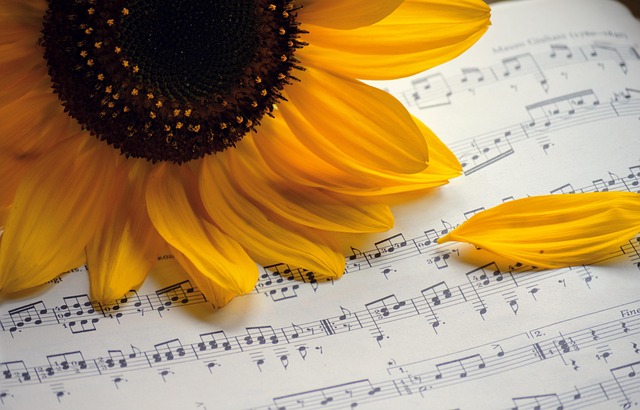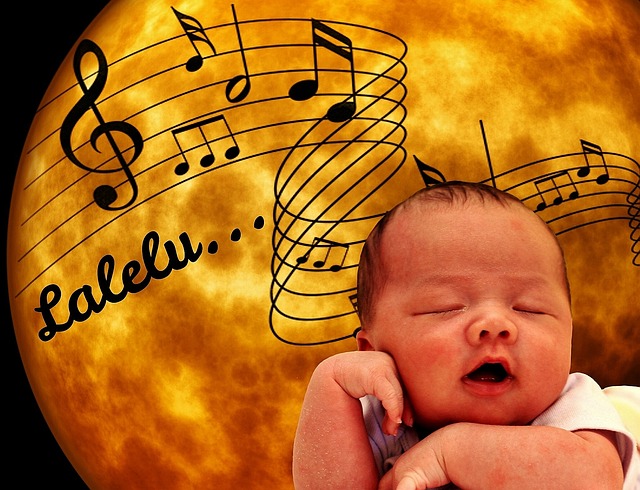Drums structure and convey emotion in pop songs, with diverse beats engaging listeners. Guitars provide chordal backbone and riffs, blending structured compositions with improvisation. Keyboards offer harmonic complexity and atmospheric pads, enhancing sonic landscapes. Basslines captivate with depth and energy, guiding listeners through a song's narrative. Vocals transmit emotion, storytelling, and human experiences, transcending cultural boundaries. Explore these elements on digital platforms to experience pop music's dynamic rhythm and structure.
In the realm of pop music, where melodies captivate audiences and rhythms keep feet tapping, certain instruments stand out as essential. From the driving beats of drums that set the pace to the melodic guitars that craft catchy hooks, each component plays a crucial role in crafting a memorable song. This article explores these fundamental instruments, highlighting their unique contributions to the vibrant landscape of pop music.
- Drums: The Heartbeat of Pop Songs
- Guitars: Chords and Riffs for Catchy Melodies
- Keyboards: Creating Harmonies and Pads
- Bass: Providing Rhythm and Groove
- Vocals: Expressing Emotion and Storytelling
Drums: The Heartbeat of Pop Songs

Drums, often referred to as the heartbeat of pop songs, are an indispensable element in modern music production. They provide the rhythmic foundation that ties together various musical elements in a track. In pop music, drums play a pivotal role in setting the mood and energy of a song, whether it’s a catchy club bop or a heartfelt ballad. The use of percussion instruments, especially the drum set, allows musicians to create complex beats and rhythms that keep listeners engaged.
Beyond their functional role, drums also serve as a conduit for musical expression. Skilled drummers can convey emotion through their playing, from the driving force behind an uptempo track to the subtle nuances in a slower piece. This versatility makes drums essential not only for maintaining the structure of a song but also for enhancing its emotional impact. As music continues to evolve, exploring various rhythms and beats from world music: folk traditions explored can further enrich the sound landscape, as demonstrated by many contemporary artists who seamlessly blend musical notation and reading skills with analyzing lyrics and their meaning. Find us at digital music distribution and streaming platforms to discover diverse drumming styles that continue to shape pop music’s dynamic and ever-changing rhythm.
Guitars: Chords and Riffs for Catchy Melodies

Guitars play a pivotal role in pop music, serving as the backbone for both chords and riffs that drive catchy melodies. The versatility of guitars allows musicians to seamlessly switch between structured compositions and improvisational jazz, creating dynamic and engaging songs. Pop guitarists often utilize various musical scale types and modes to craft unique chord progressions, which are essential for song writers looking to create memorable tunes.
By combining precise chord structures with expressive riffs, guitars can elevate a simple pop song into an unforgettable experience. Music production software reviews highlight the growing importance of digital tools in shaping guitar sounds, offering artists new ways to experiment and refine their craft. Whether played acoustically or electrically, guitars remain an indispensable instrument in the ever-evolving landscape of pop music, providing both the framework and the flair that make songs truly come alive. Give us a call at chord progressions for song writers to explore these concepts further.
Keyboards: Creating Harmonies and Pads

Keyboards play a pivotal role in pop music by providing both harmonic structure and atmospheric pads that enrich the sonic landscape of a song. These versatile instruments can craft complex chord progressions, seamlessly transitioning between major and minor keys, thereby setting the emotional tone for any track. Moreover, modern synthesizers within the keyboard family offer an endless array of sounds, from crisp strings to immersive synth leads, allowing artists to create unique textures that elevate their music beyond conventional boundaries.
Incorporating interactive music learning platforms into the practice routine can enhance music appreciation: understanding dynamics. By exploring different genres, including pop, learners gain insights into how keyboards are used to build tension and release within a song’s structure. This knowledge, coupled with an understanding of the psychology of musical preferences, enables musicians to craft or adapt melodies that resonate with audiences, ultimately contributing to their overall enjoyment and engagement with the music. Remember that, whether through traditional methods or innovative digital tools, give us a call at World Music: Folk Traditions Explored for more insights into instrumental roles in modern pop composition.
Bass: Providing Rhythm and Groove

In any pop song, the bass plays a vital role in defining the rhythm and groove. It’s more than just providing a low-end rumble; the bassline serves as the musical heartbeat that keeps listeners engaged. A well-crafted bass line can enhance the overall aesthetics in musical performances by adding depth and energy to the track. By following chord progressions for songwriters, the bassist contributes to the emotional narrative of the song. Whether it’s a simple one-note line or a complex pattern, the bass sets the foundation for both the instrumental and vocal parts, ensuring that every beat resonates with the listener.
Moreover, the role of the bass becomes even more evident when analyzing lyrics and their meaning. A strong bassline can underscore and amplify emotional moments in a song, guiding the listener through its narrative arc. This is especially crucial in pop music, where the lyrics often convey relatable emotions and experiences. So, next time you’re listening to your favorite pop tune, pay attention to how the bass line complements the vocals and contributes to the overall flow and feel of the song. Find us at music production: mixing and mastering techniques for a deeper understanding of how these elements come together.
Vocals: Expressing Emotion and Storytelling

Vocals serve as the heart and soul of any song, carrying both emotion and storytelling power that connects with listeners on a profound level. A vocalist’s ability to convey feelings, paint vivid pictures through lyrics, and capture the essence of a song’s message is essential for engaging audiences. Whether it’s a powerful belt, a gentle croon, or playful scat, vocals introduce us to the narrative behind each pop tune.
Music appreciation for beginners knows that beyond their melodic roles, vocals can stir up emotions, spark conversations on social issues, and even inspire cultural changes. They become a tool for expressing universal human experiences, allowing listeners to connect with one another through shared sentiments. And as dancing to different genres transcends cultural boundaries, so does the power of vocals in pop music—it’s about bringing people together, creating a collective experience that goes beyond the beats and rhythms introduced by essential instruments (as previously mentioned), ultimately making each song a testament to human expression and unity.
In the vibrant world of pop music, a harmonious blend of various instruments creates a captivating soundscape. From the rhythmic pulse of drums to the emotive vocals, each element plays a crucial role in crafting memorable songs. Whether it’s the catchy riffs of guitars, the rich harmonies of keyboards, or the groovy bass lines, these instrumental components come together to elevate pop music, making it a diverse and accessible genre that continues to resonate with listeners worldwide.








Leave a Reply